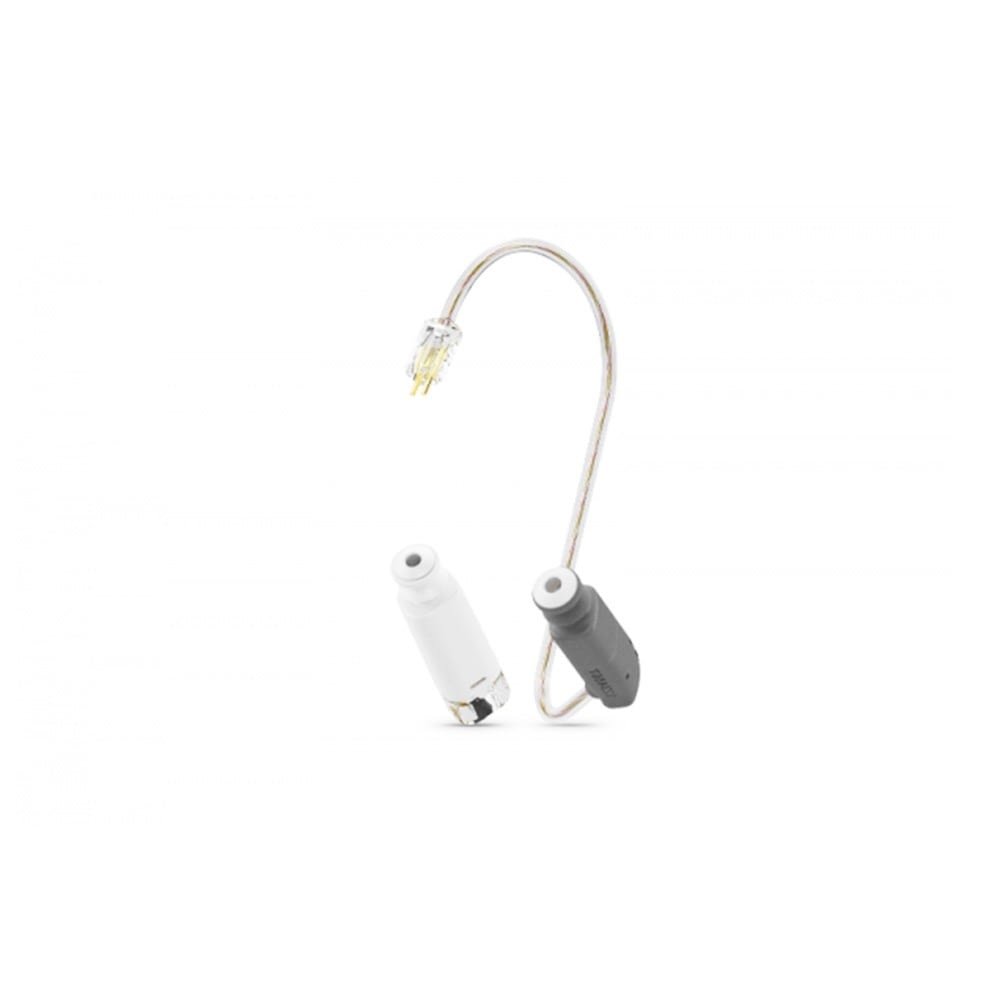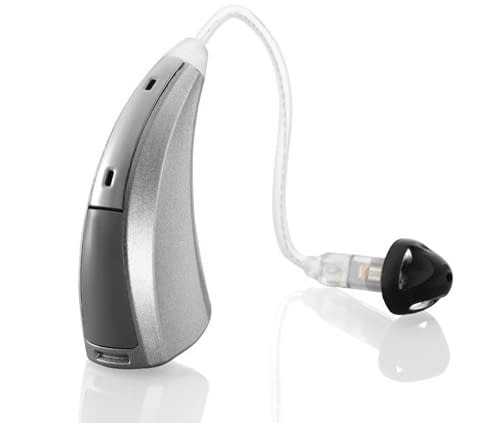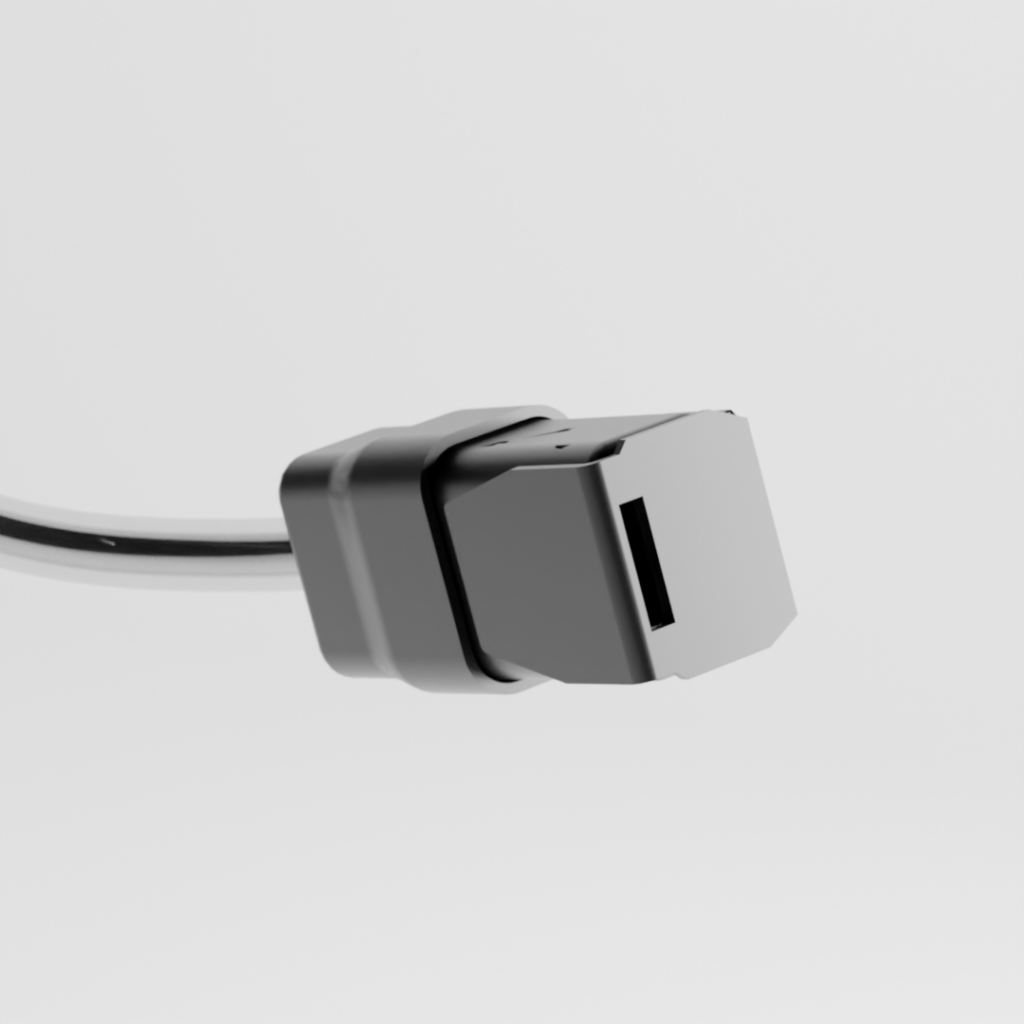Identify and replace receivers confidently with this quick and easy guide. Knowing when and how to change your hearing aid receivers is key to maintaining optimal sound quality performing regular maintenance, replacing a worn out receiver can make a noticeable difference in your hearing experience.
Here at Hearing Aid Accessory, we take huge pride in our customer care. This includes ensuring that every customer leaves our online shop feeling great about their hearing aids and well-informed about all aspects of hearing aid maintenance. We do, however, understand that the excess of this information can seem daunting at times especially when you are new to hearing aids or trying to change the components of your hearing aid for the first time.
It’s completely natural to feel unsure about hearing aid maintenance. That’s why we created our very own tutorial series as a collection of easy to follow guides designed to answer your most common questions and help you feel more at ease with tasks like how to identify and replace receivers. In this blog, we are taking a closer look at receivers, our featured hearing aid accessory of this week.
What Is a Receiver?
To identify and replace receivers, it’s helpful to first understand how they function. Essentially, the hearing aid receiver works as your ear’s own speaker system. It collects electrical signals from amplifier and converts them back into acoustic energy (sound). The amplifier, located between the microphone and receiver, increases the amplitude of the signal provided by the microphone before transmitting it to the receiver. The receiver then sends it to the inner ear.

In Which Hearing Aids Will I Find a Receiver?

To identify and replace receivers, it’s important to know which hearing aids actually contain them. The receiver is a component of receiver-in-canal (RIC) and receiver-in-the-ear (RITE) hearing aids. These are a popular choice for hearing aids due to their subtle appearance, versatility, and excellent connectivity.
Often referred to as the ‘Bluetooth hearing aids’, they offer audio streaming from everyday devices such as smartphones or TVs and work with apps. They also offer a rechargeable option for those who wish to save time changing batteries.
Where Is a Receiver Located?
To identify and replace receivers effectively, it’s essential to know where they’re housed. The receiver is usually accommodated in either the ear dome or earmold depending on the severity of the hearing loss and/or lifestyle preferences. For those with mild to moderate hearing loss, domes offer a more discreet and flexible option. However, individuals with more severe hearing loss often require earmolds for a more secure and customized fit. Understanding this placement helps ensure you’re choosing the right receiver type-and replacing it correctly when needed.

Which Receiver Will I Need?
Receiver sizes and power options depend on brand and vary between 2 and 3 pin-sensors.
Look at the table below to locate yours:
| Brand | Size | Power |
| Starkey | 1-5 | 40-60 |
| Oticon | 0-5 | 60-100 |
| Phonak | 0-3 | S, P |
| Widex | 0-4 | S, M, P |
| Signia | 0-4 | S, M, P |
How Do I Remove the Receiver?
Over time, receivers can degrade in performance or stop working—but there is no need to worry. Once you learn how to identify and replace receivers, you’ll see that they can be easily removed and swapped out with minimal effort.
First, you will need to locate the receiver, which may be secured to the top of the hearing aid by a locking bar (although this is not always the case). This locking bar can only be accessed from one side of the hearing aid. For devices that require it, use the pointed end of the pin removal tool to push the locking bar until it emerges out of the hearing aid.
You will not be able to push the locking bar out of the hearing aid entirely; it will stop around the 1mm mark. Gently pull the existing receiver away from the hearing aid and ensure that you have the new receiver ready for replacement. For other devices that do not need a pin removal tool, the process is even simpler—just locate the receiver wire and gently remove it with your finger and thumb.
How Do I Replace the Receiver?
As you identify and replace receivers, take the new receiver and align the coloured section (typically red for the right ear and blue for the left) with the indent located on the underside of the hearing aid. Gently guide it into place until it sits comfortably and securely against the hearing aid body. Once the receiver is positioned correctly, push the locking bar back into the aid as required to secure it firmly.
We hope this guide has helped you feel more confident in your ability to identify and replace receivers with ease. However, if you’re still feeling unsure or would prefer expert assistance, our sister company, Hear4U, has a team of trained audiologists ready to support you. Alternatively, feel free to reach out to our friendly customer service team on 01455 245749—we’re always here to help!

